Site Links
Howdy, Stranger!
It looks like you're new here. If you want to get involved, click one of these buttons!
Quick Links
Categories
In this Discussion
Who's Online (0)
CBT project
in DIY






Comments
This will be the basic shape.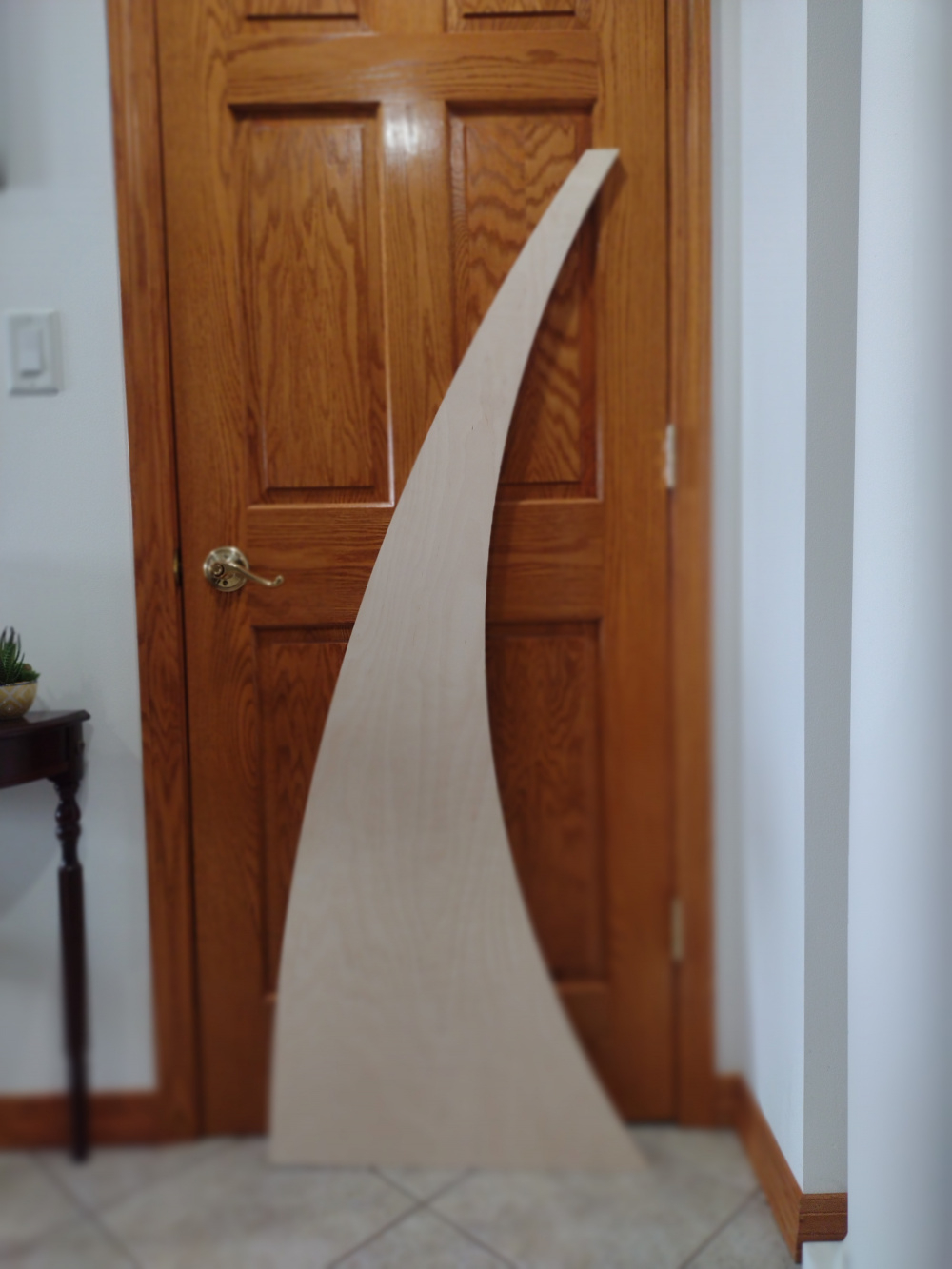
Bookmarked/Subscribed - this should be interesting . . .
Built one a few years ago. Lots of construction challenges! Have fun!
Is the front curve random or a certain radius as per a CBT standard?
Asking as I really have no clue if that's even a thing.
Yes, the front curve is always a portion of a perfect circle. The length is determined by the diameter of each driver and the space between each driver.
I'm sure Nick will nail this design. He might be an ugly_woofer but he has mad speaker skills!
I can't wait to see how he does the grill on these.
I wonder if a guy could devise a way that one person could move a speaker such as these?
Two thoughts, and hear me out here:
1. Shape it like an egg.
2. Give it a handle.
Bam! Problem solved!
That's gonna be bad ass.
DanP said:
"1. Shape it like an egg.
2. Give it a handle."
Egg shaped things can be rolled from place to place in a meandering/eccentric fashion while knocking over objects adjacent the periphery of its path of motion.
I think wheels with the above suggested handle might be a more suitable method for a single man to transport these items while a married man is likely to never have the need to begin consideration of such a project.
Ok, so does it matter what radius that circle is?
There's a ton of math equations in Don Keele's white papers, but the short answer is yes. The shading, height and angle, all can come into play.
I had some personal help from Jim Griffin when I built mine.
re:
The radius of the sphere is the question. The radius of the arc can be found by the following:
First you know the length of the arc section which is the drivers: 54 mm which is 2.126" x 24 = 51.024"
Add in the gap distance that you choose which is 23 x 0.0625" = 1.4375"
Add in the distance at the top and bottom of 1" each which totals 2"
So add 51.024" + 1.4375" + 2" = 54.461" for the total length of the arc which is the front baffle length.
Now the radius of the sphere is the length of the arc divided by (2 pi x 36/360) for this case. Thus we have: 54.461" / 0.6283 = 86.68" for your case.
You can also use a piece of graph paper, compass, protractor, and a pencil if you wish to envision what we just did.
Cool, thanks🤘🏼
I mocked these up in order to get the volume of the subwoofer section. I just use packing peanuts and boxes to fill it then put the contents into a box which is a much simpler calculation to figure.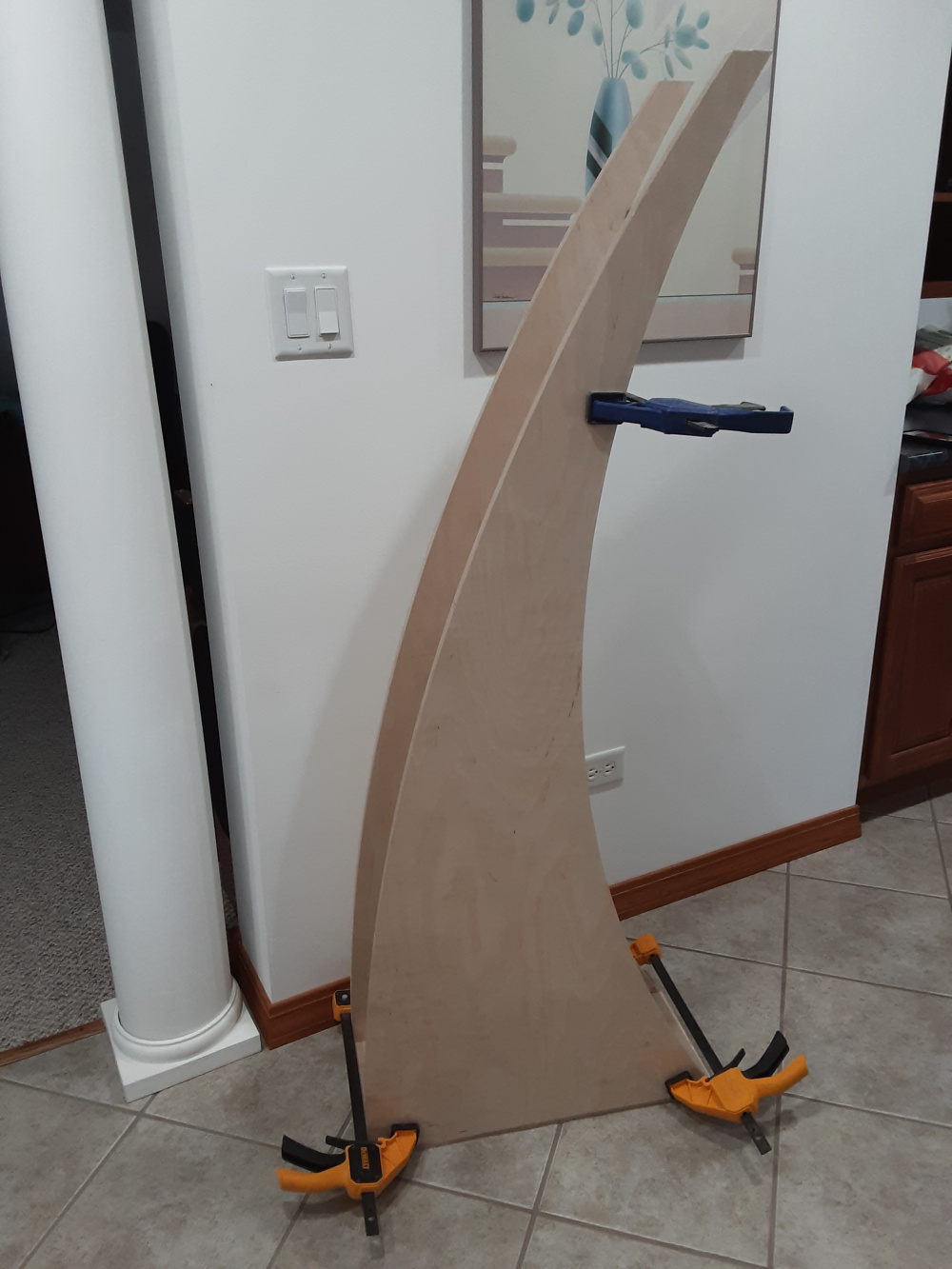
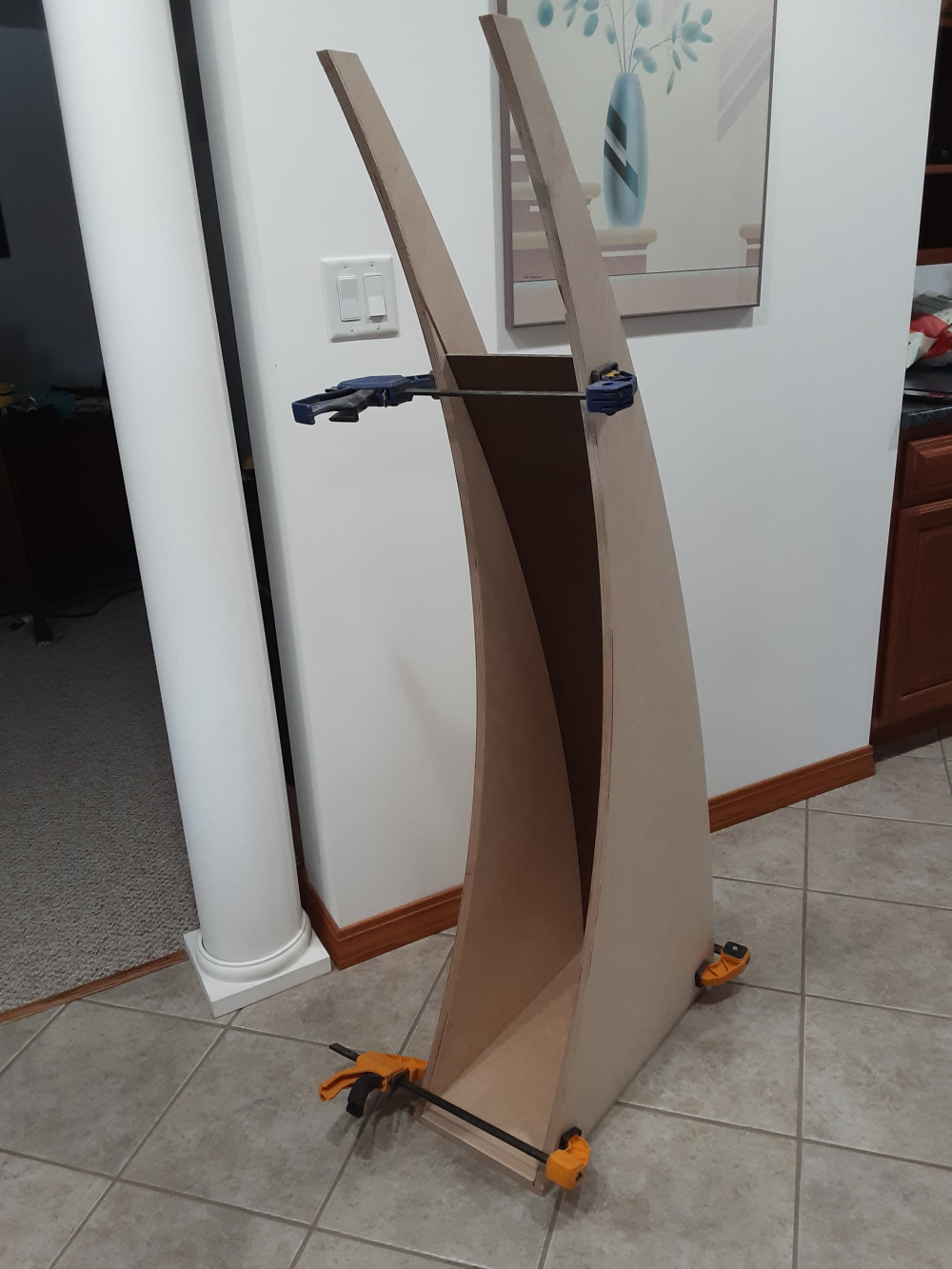
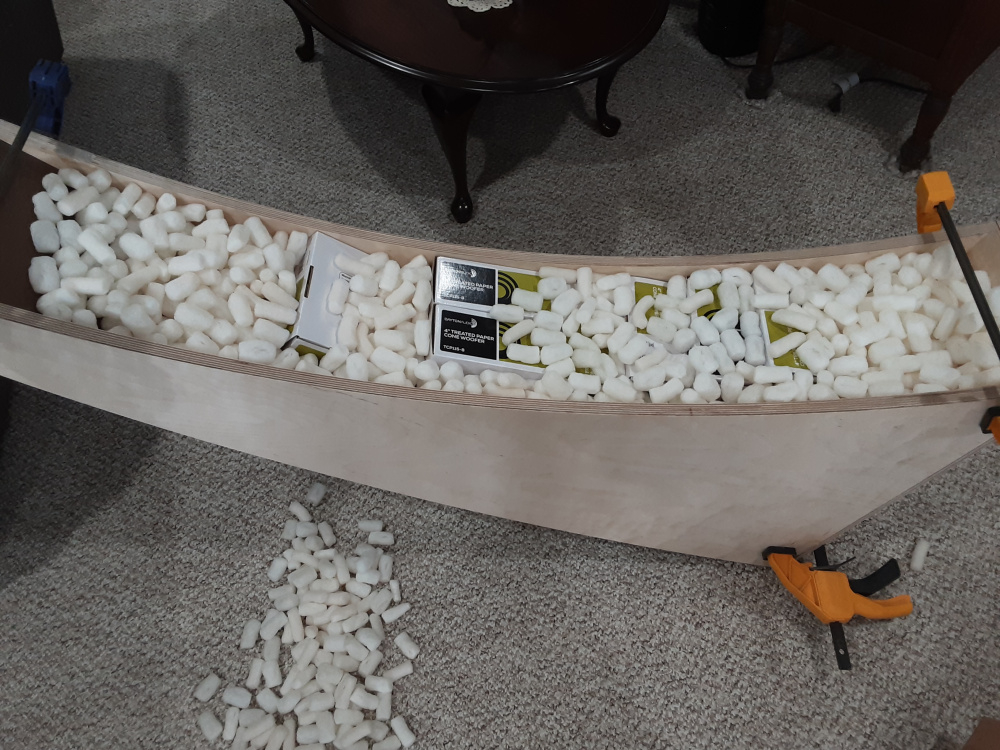
Very creative way to measure net volume of a non-std box !
Curious, how did you go about cutting the curved indent track for the back (darker board) ?
Looking good! The weight of the sub will help with stability
I just used an auxiliary fence on a router with a 1/4" but an followed the front edge.
So I haven't made any progress except buying a couple drivers.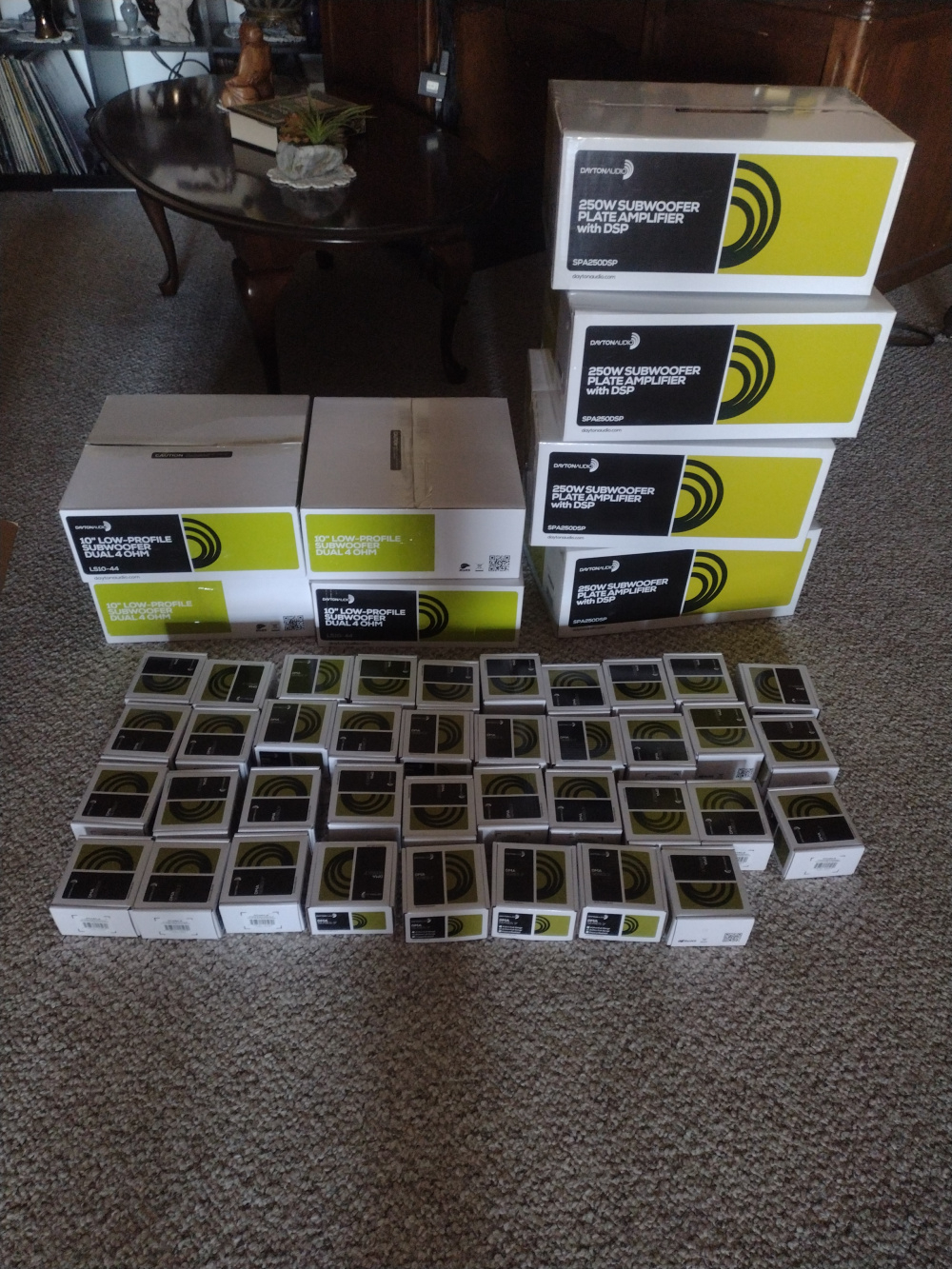
This happened. Apparently Freud has an issue with 9/32" bits fracturing. I ordered 3 Amana 9/32 bits, they should be here soon.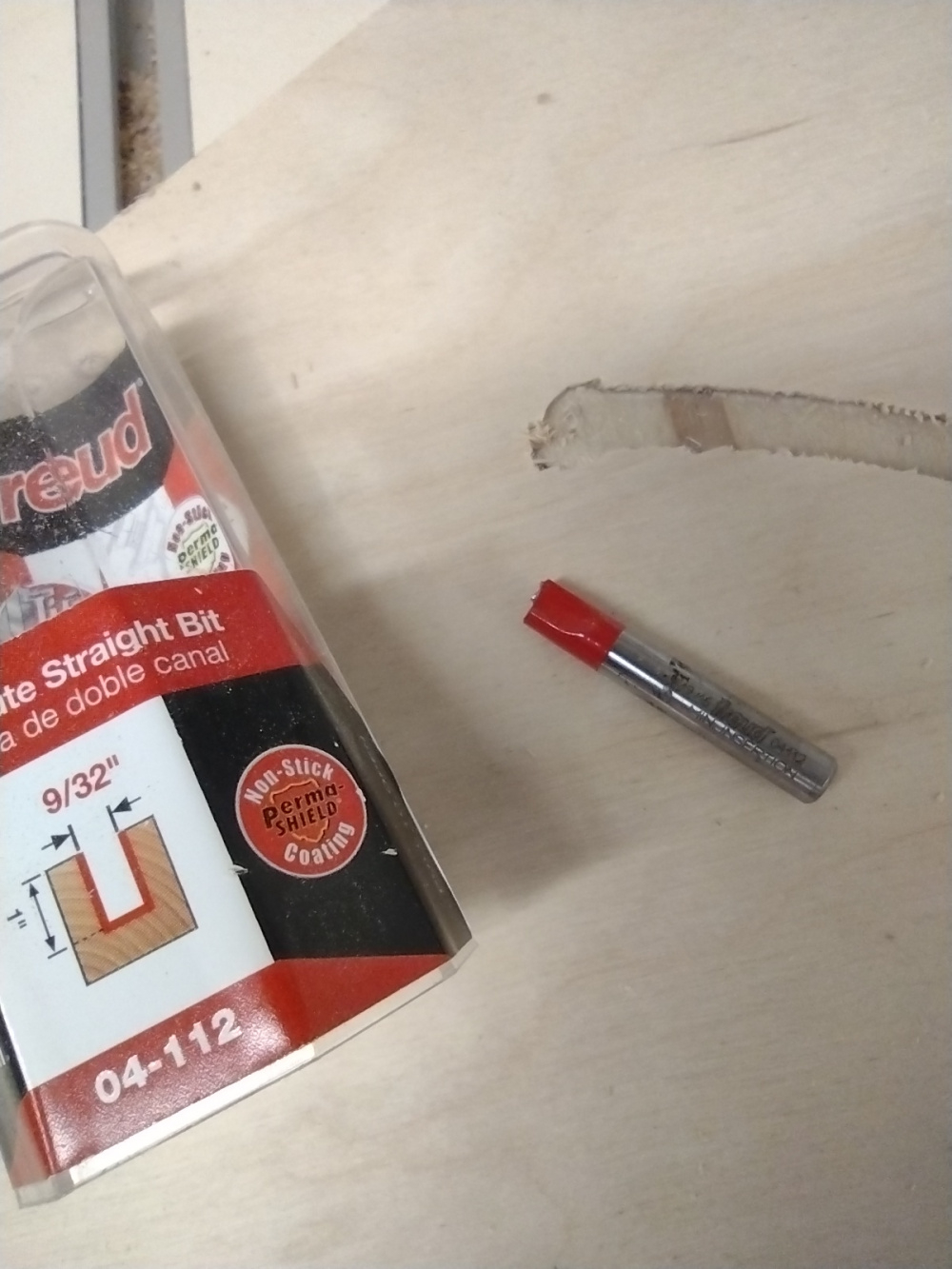
I've had some Yonico bits break, but never a Freud or Bosch
Problem solved,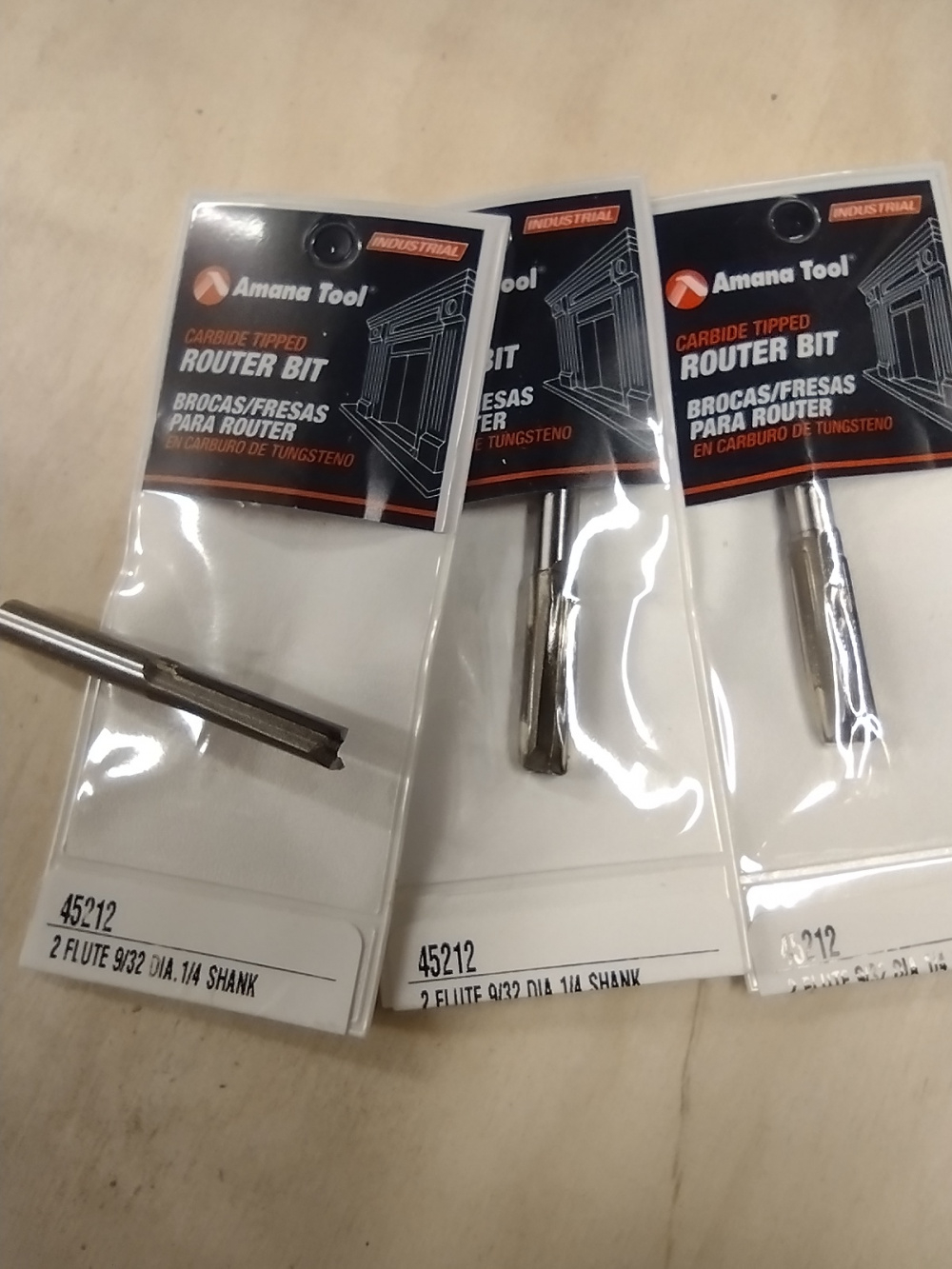
I love Amana cutters. WTH happened? It looked like you lost your grip.
Nope, just making a light cut, and it broke off. Not even 1/8" deep. I've never had an Amana break, they cost a little more, but it's a quality product.
I have that same Freud bit. Did you buy a 3-pack of the Amana or just bought three so you'd have extra on hand?
I just bought three. I almost always buy supplies in multiples.
^ I share this view - you should see my reloading room and speaker driver closet - or maybe not . . .
I just glued in a second layer with lots of epoxy and a fancy clamping system.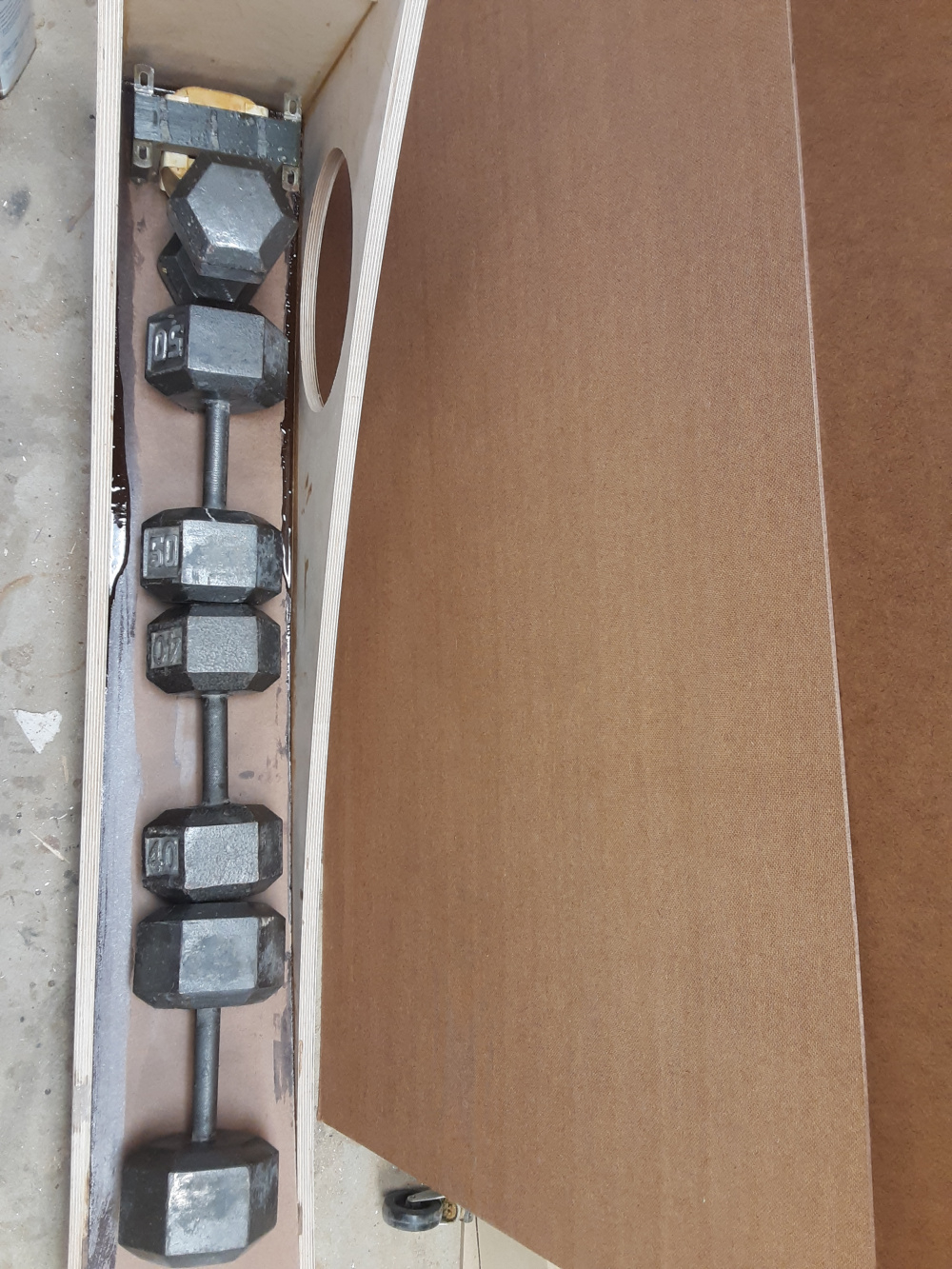
You should patent that - the Gravity Assisted Clamp.
Bonus points for the big-ass transformer!!